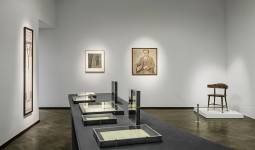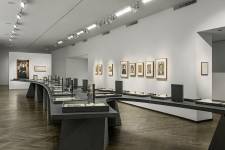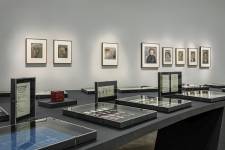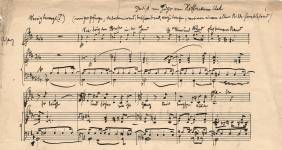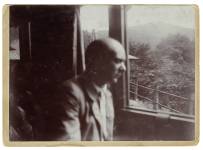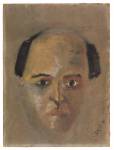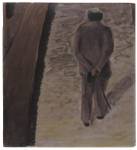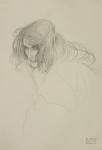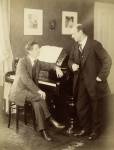Exhibition
14 March till 29 June 2018
Arnold Schönberg Center, Schwarzenbergplatz 6, Zaunergasse 1-3 (Eingang), A-1030 Wien
Fin-de-siècle Vienna was akin to an experimental laboratory for new constructions of identity: it stimulated the rapid growth of modernism in music as well as in painting, architecture, psychoanalysis, physics, physiology, and economic theory. The avant-garde movement known as Jung-Wien can be considered the collective nucleus of Viennese modernism, as the areas of the nerves, psyche, self, and dream were defined as their keywords.
Jung-Wien is an invention of the feuilleton, and was neither established officially nor shaped by a common program. When Hermann Bahr spoke of a “school of young, mostly Viennese literati”, this designation aimed more at a geographical anchoring rather than an ideological category. In the collective biography of Viennese modernism, Arnold Schönberg was “the most captivating, most difficult, most unsettling” person in an “environment that was, so to speak, supersaturated with electricity” (Richard Specht).
The exhibition of musical, literary, and artistic works in a setting of historical and biographical documents and furnishings traces the aura of one of the most important periods in Viennese cultural history from the perspective of Jung-Wiener musical composition. Starting from a Jung-Wiener gathering in the legendary Café Griensteidl, a cultural panorama will be sketched that crosses artistic boundaries and spans from the 1890s to the death of Gustav Mahler in May of 1911. Arnold Schönberg proved himself to be an actor in multiple fields: music, painting, literature, design, and engineering.
Curator: Therese Muxeneder
Architecture: Jochen Koppensteiner
Opening Hours:
Monday – Friday and on Sundays as follows: March 18, April 22, May 27, June 24
10 am to 5 pm
closed on legal holidays
The exhibition opens one hour before the event begins; admission is free for concertgoers.
Entrance fee:
Adults € 6; Discount: school children, apprentices, students, reserves, civil servants, senior citizens, visitors with special needs, groups, Vienna City Card, Club Ö1, mdw club, CLUB WIEN-Card.
Free admission on the above mentioned Sundays, children under 12, Kulturpass holders
Presse photos:

